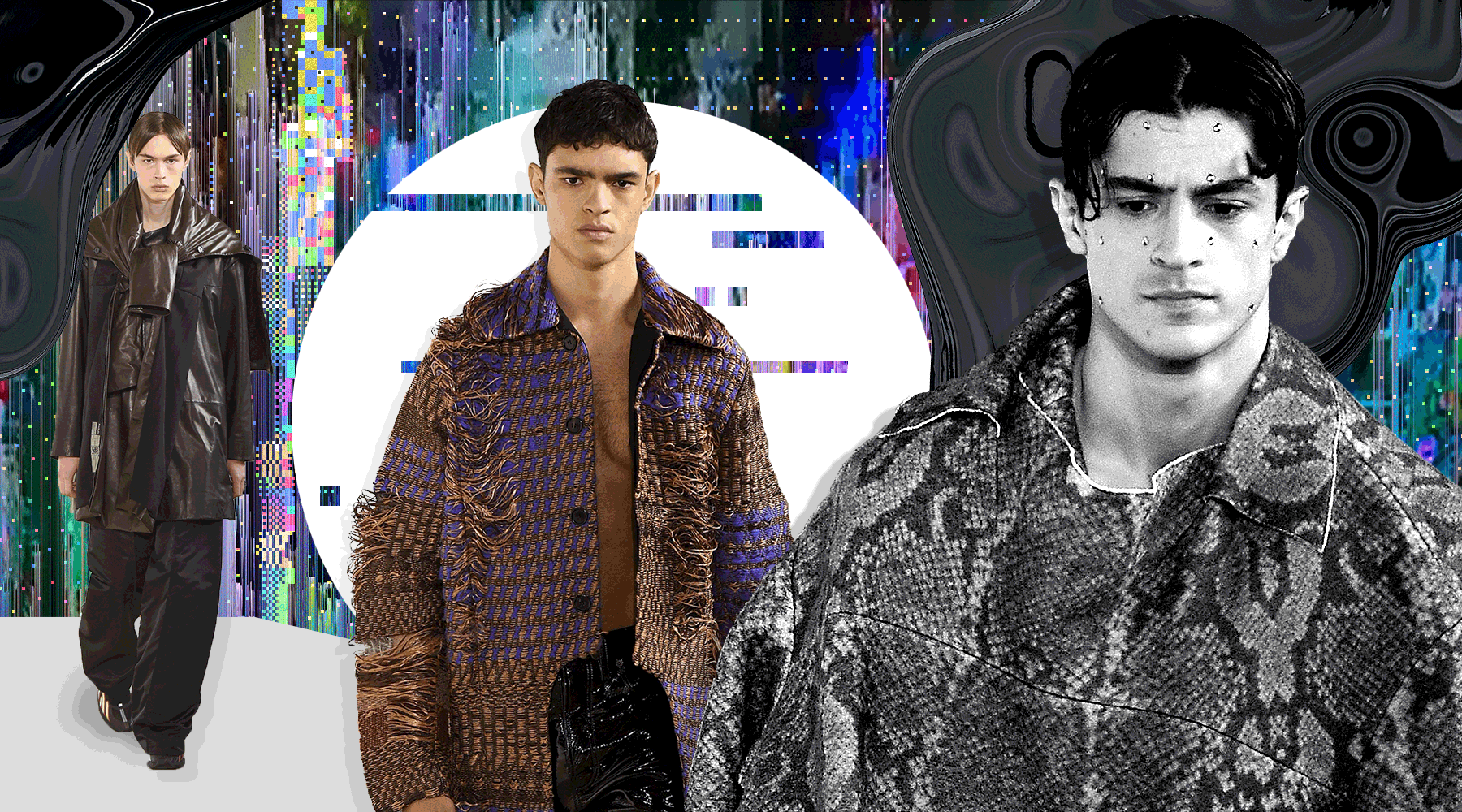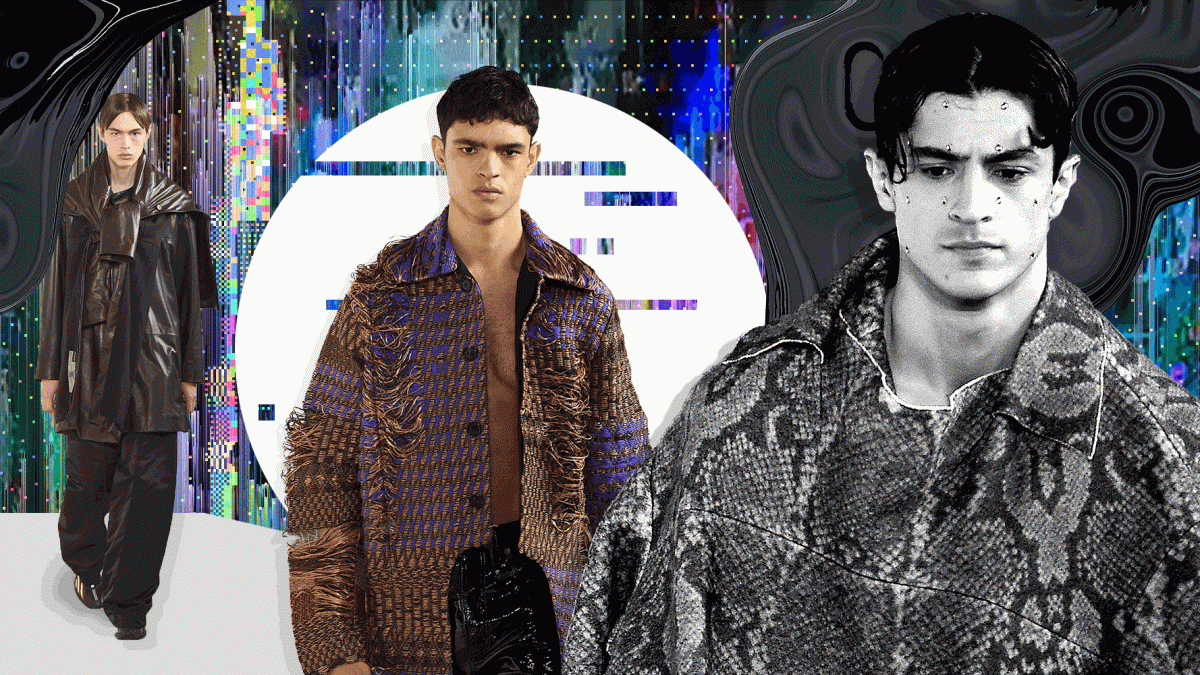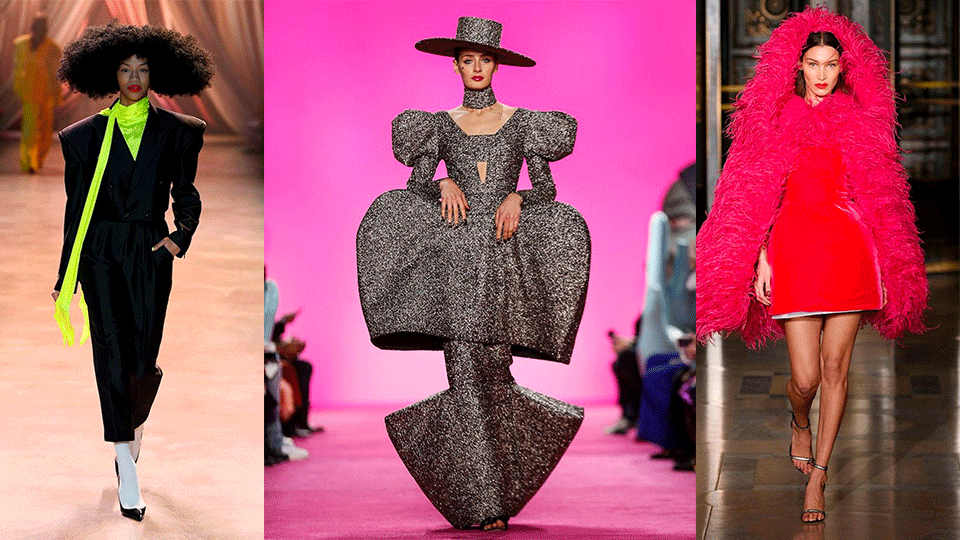- À New Wave to Fashion, À New Way of Living. Download Now on iOS Android Canada SS22
- hello@alahausse.ca
The Newcomers of AI Technology in Fashion

Purchasing Denim For its Quality and Longevity
August 7, 2021
Eco Burial Fashion: How designers innovate clothing to be 100% biodegradable
August 10, 2021
Written by Zeinab Magdi
Artificial Intelligence (AI) has swept into the fashion world, with designers and brands using AI technologies to improve their business models and transform the industry. These technologies transform the fashion industry from the way companies are manufacturing their products to the way they are marketed and sold. They play a key role in numerous different divisions of the process, such as designing, manufacturing, marketing, logistics, sales, and production. Artificial intelligence has a great number of potential and has been proven to benefit companies by operating quicker, with more efficiency and with lowered operational costs across all industries, not just fashion.
What is Artificial Intelligence (AI)?
The concept of artificial intelligence has been around for many decades now, it is not a foreign concept to consumers. However, when most people think about AI, it is often met with reluctance and intimidation, making it difficult for people to embrace. There is fear that artificial intelligence will take over. This is not surprising, AI has been shown in movies, tv shows, and across numerous media platforms as this negative idea of what happens when ‘technology goes too far’, with various different movies about robots taking over the world, outsmarting human beings, and even killing them, the media depicts AI as something to be feared. Not to mention the countless news articles on whether AI is taking people’s jobs.
The idea of AI is much simpler than it is depicted in the media. Artificial intelligence is a wide ranging field in computer science, the aim is to build smart computers that are capable of performing tasks that typically require human intelligence, but more quickly and efficiently. While it does replace many jobs it also creates countless new ones, as human intelligence works hand in hand with AI. What makes AI so unique is that despite this technology being artificial, AI is programmed to think humanly, think rationally, act humanly and act rationally.

The role of AI in the fashion industry
As mentioned earlier, designers and brands are embracing AI technology across various divisions of the industry. Here is exactly how this technology is being utilized:
E-Commerce
Artificial intelligence is being utilized in the e-commerce industry by providing chatbot services, analysing customer reviews of the product, and for providing personalized services to online shoppers. A chatbot is a computer program that is designed to simulate human conversation, they interpret the words given to them by the user via voice or text and provide a pre-set answer.
As of 2020, 80% of all customer interactions across e-commerce websites are managed by AI technologies. AI is also being used for online product recommendations. Those “complete the look” recommendations that present you shoes that go with the dress you chose, or the “you also might like” section that show you alternative jackets that are to the one you put in your shopping bag, are all created by AI software using visual detection to recommend visually similar alternatives to the product. This is especially useful when products go out of stock or are not available in the right size, customers are redirected and shown multiple relevant products to avoid the hassle of restarting the product search, decreasing the likelihood of site abandonment. Outfit recommendations created using AI show customers how they can style each product by providing them with other products that would complete the look, this both improves the customer experience and increases basket size from just one product to a complete look.


Design and Manufacturing
In fashion, apparel manufacturing is an extremely labour tensive industry, from designing the garment to sewing, AI can perform these mundane tasks with better accuracy, efficiency, and speed, reducing the extra cost on workers. AI technology uses their built – in algorithm to analyse past designs and predict future trends, making new designs complete with sewing patterns. Once these sewing patterns are completed, retailers can choose to either send the design that is made using AI straight to manufacturing, or make alterations to the pre-designed garments, significantly speeding up the design process.
AI streamlines the manufacturing process. These technolgy systems are being used to detect defects in fabric and textile, ensuring that the colours of the finished textile match with the originally designed colours. AI also uses computer vision technologies to streamline the process of quality control.
Buying and Merchandising
AI assists buying and merchandising teams in making future buying decisions using trend forecasting. Traditionally, buying decisions have been based on the past performance of products as well as human instinct, this is not an accurate projection as sales are influenced by trends. AI uses trend forecasting using a built-in algorithm which analyses purchasing patterns to reduce the risk of wrong predictions on upcoming trends. It analyses how each product performed in terms of sales and marketing, buyers are not only informed on products that are selling well but also details of that product such as colour, print, sleeves, and more. AI provides current data to observe shifting trends and sales performances as they are happening, as a result, buyers and merchandisers are able to adopt a strategy to address consumer demand as soon as it arises and always stay relevant. The algorithm collects and analyses data from social media, e-commerce platforms, and fashion runways, this information is then combined with data on consumer behaviour and past performance, establishing and predicting optimal products that will resonate best with the retailer’s consumer base.

The Verdict: The future of AI - should people be scared?
With popular movies such as The Terminator and The Matrix, it is easy to understand why the concept of artificial intelligence is rejected and met with reluctance and intimidation. People fear that AI will become more valued than human intelligence – thus taking over many people’s jobs. In some ways, they are right, artificial intelligence will eliminate millions of current jobs, but it will also create millions of new ones. Unlike what they show in the media, human guidance is required for AI to function efficiently, it does not replace the current operational system but rather improves it. AI is innovative, whether we like it or not, we live in a hyper – digital age that is inescapable, and these technologies have the potential to generate significant industry growth and revenue. They have shown to streamline the operational process and have a positive influence on the global fashion industry. As a society, we have barely scratched the surface on the potential of AI, making the future of AI in the fashion industry extremely exciting.
Via ÀLA.HAUSSE‘s Multi-functional and Multi-purposeful Fashion Ecosystem- BUY/SELL/RENT/LEND/ (swap BETA 2021) mobile application, INDIVIDUALS & brands (BETA 2021) are encouraged to REBUY, RESELL, REUSE and UP-CYCLE their personal “Closets” aka Clothing Assets, along with overstock inventory and samples. Through this consumerism habit shift we indirectly slow down the urgency on fashion’s carbon footprint, aiding sustainability as a whole.
BETA Early Access Application Now Opens SS21 iOS Android
with Stories on www.alahausse.ca
#ALAHAUSSE #WEARYOURPURPOSE #HAUSSEPEOPLE
References:
- https://medium.com/vsinghbisen/how-ai-is-changing-fashion-impact-on-the-industry-with-use-cases-76f20fc5d93f
- https://www.forbes.com/sites/cognitiveworld/2019/07/16/the-fashion-industry-is-getting-more-intelligent-with-ai/?sh=511b37173c74
- https://www.intelistyle.com/ai-fashion-retail-applications/
- https://www.ibm.com/cloud/learn/what-is-artificial-intelligence



